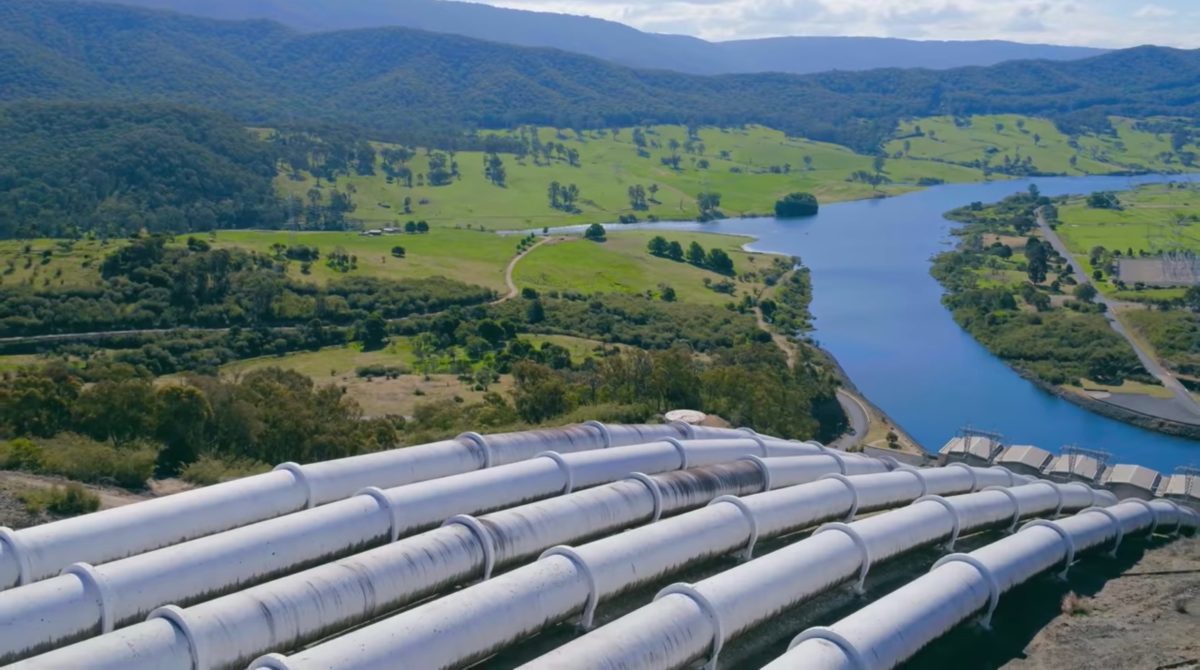The Snowy 2.0 project tops a list of 24 projects fast-tracked for assessment under NSW plans to deliver jobs and boost the economy in response to the Covid-19-induced recession. The first approvals of projects under the accelerated assessment process could occur within the next four weeks.
“By fast-tracking assessments, we will keep people in jobs and keep the construction industry moving as we ride out the Covid-19 pandemic and set our sights on economic recovery,” Premier Gladys Berejiklian said.
The first 24 projects of the NSW Government’s new Planning System Acceleration Program, which also include new homes, school upgrades, and industrial complexes, are expected to stimulate more than $7.5 billion in new investment and create 9,500 new jobs. Snowy 2.0 accounts for a bulk of this amount. The project is expected to generate at least $4.6 billion of new investment and create around 2,000 jobs.
The criteria to identify and progress projects through a fast-tracked assessment process has also been released. To be considered for a fast-tracked assessment, the development application or rezoning must already be in the system, deliver a public benefit, demonstrate an ability to create jobs during construction and once complete, be able to commence construction within six months or allow a development application to be lodged within six months.
“This will mean shovel-ready projects can get underway and the construction pipeline can continue to grow,” Planning and Public Spaces Minister Rob Stokes said. “If approved, these projects will be a win-win for NSW: delivering jobs for today, and local community and business benefits tomorrow.”
Snowy 2.0 was the only energy project in the first tranche of fast-tracked projects. The pumped-hydro expansion of the existing Snowy Scheme, providing 2 GW of on-demand generation and 350,000 MWh of large-scale energy storage, is planned to built using the existing infrastructure of the 4.1 GW Snowy Mountain Scheme – the upper dam (Tantangara) and lower dam (Talbingo).
Planning applications for the Snowy 2.0 project were lodged with the NSW Department of Planning last year, and are currently being assessed as a State Significant Infrastructure project. The project recently passed a milestone with the go-ahead for the construction of the Snowy Hydro Segment Factory. The factory will manufacture more than 130,000 concrete tunnel segments for use during exploratory works and once approved, as part of the main works for Snowy 2.0.
Last year, the Coalition government pledged $1.38 billion in funding for the Snowy 2.0 pumped hydro expansion, amid expert warnings that the potential of pumped hydro projects can be fully exploited only when they operate in concert with renewables. In other words, for Snowy 2.0 to be a truly valuable project for the grid and consumers, it should not pump off-peak power from the dirty coal clunkers operating today in NSW.
The Snowy 2.0 project has faced harsh criticism and calls for work to be halted. Last month, 30 Australian energy, engineering, economic and environmental experts have jointly called on the Prime Minister and NSW Premier to delay final approval of the pending an independent review into its environmental impact on the Kosciuszko National Park.
The Group claimed that around 40% of Snowy 2.0’s remote source energy will be lost before it even gets to the consumer due to the unprecedented distance between Snowy’s reservoirs (27km) and its remoteness from load centers and generators. It also argued that other options such as batteries operating in concert with rooftop PV would be far more economical.
This content is protected by copyright and may not be reused. If you want to cooperate with us and would like to reuse some of our content, please contact: editors@pv-magazine.com.









2 comments
By submitting this form you agree to pv magazine using your data for the purposes of publishing your comment.
Your personal data will only be disclosed or otherwise transmitted to third parties for the purposes of spam filtering or if this is necessary for technical maintenance of the website. Any other transfer to third parties will not take place unless this is justified on the basis of applicable data protection regulations or if pv magazine is legally obliged to do so.
You may revoke this consent at any time with effect for the future, in which case your personal data will be deleted immediately. Otherwise, your data will be deleted if pv magazine has processed your request or the purpose of data storage is fulfilled.
Further information on data privacy can be found in our Data Protection Policy.